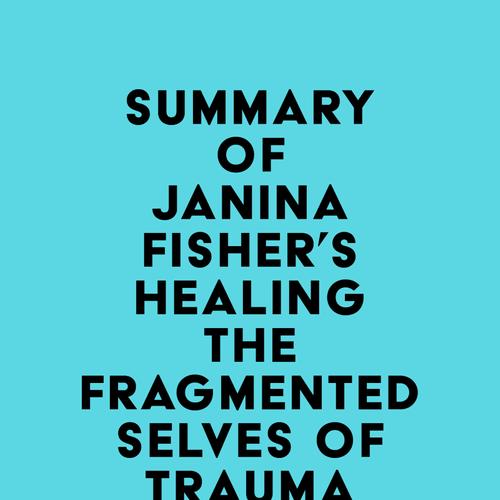Please note: This is a companion version & not the original book. Sample Book Insights:#1 The child of abuse, in order to survive, must disconnect from what is happening and doubt or disown the bad child to whom it happened as not being them. They must continue to rely on dissociation, denial, and self-hatred for enforcing the disconnection.#2 When therapists rely on the talking cure to address the strong emotional reactivity of traumatized clients, they inadvertently validate the events experienced by the disowned not me child while simultaneously triggering the trauma-related parts and their implicit memories.#3 The field of trauma treatment has long believed that the effects of the traumatic past should be addressed, not the events themselves. It took a lot of research to realize that child abuse is an epidemic, not a rare occurrence, and that untreated post-traumatic stress results in tremendous social costs.#4 The concepts of dissociation and splitting have been observed as complications of trauma, but they have been consistently rejected as not valid or believable within the prevailing diagnostic systems.
